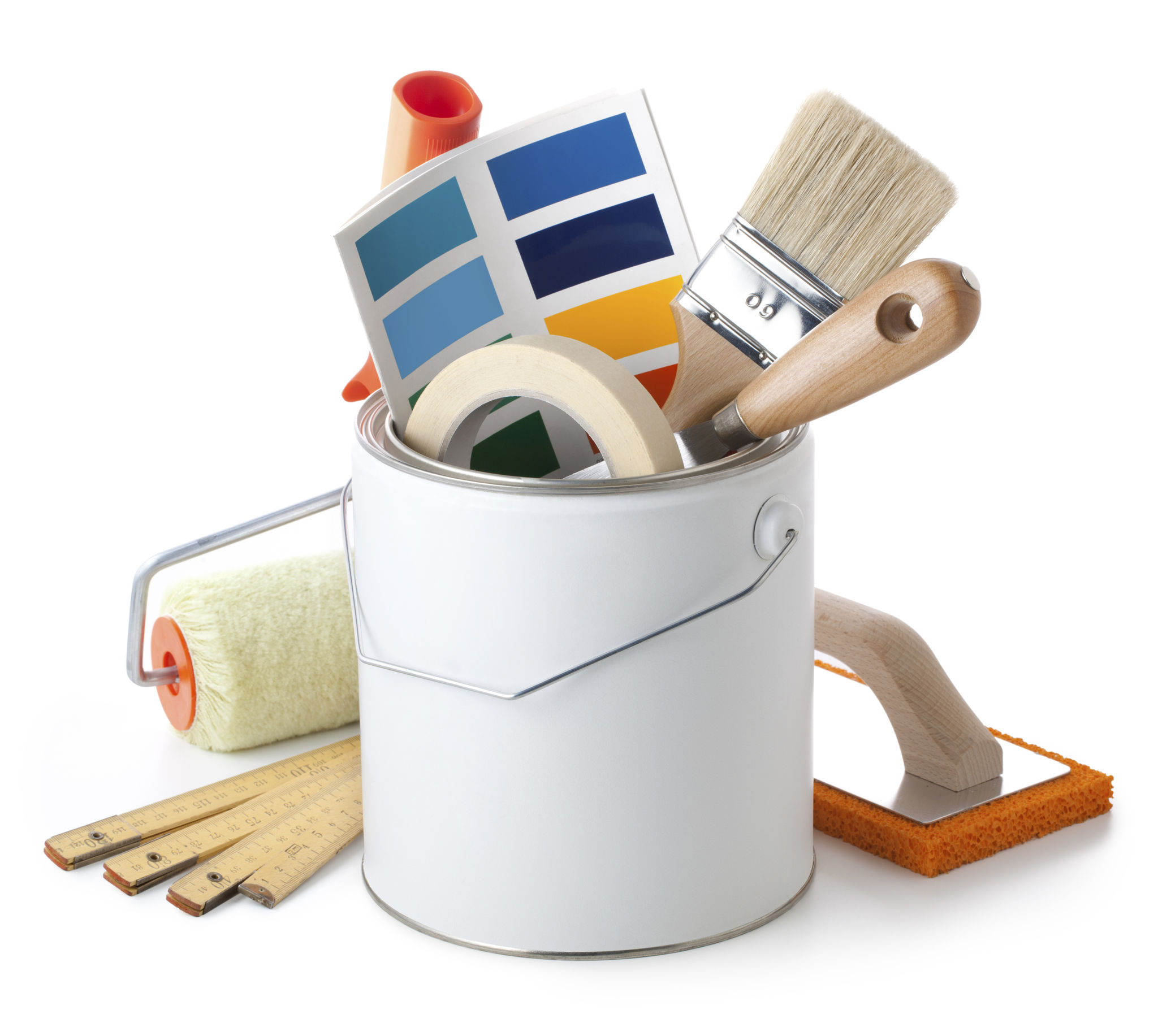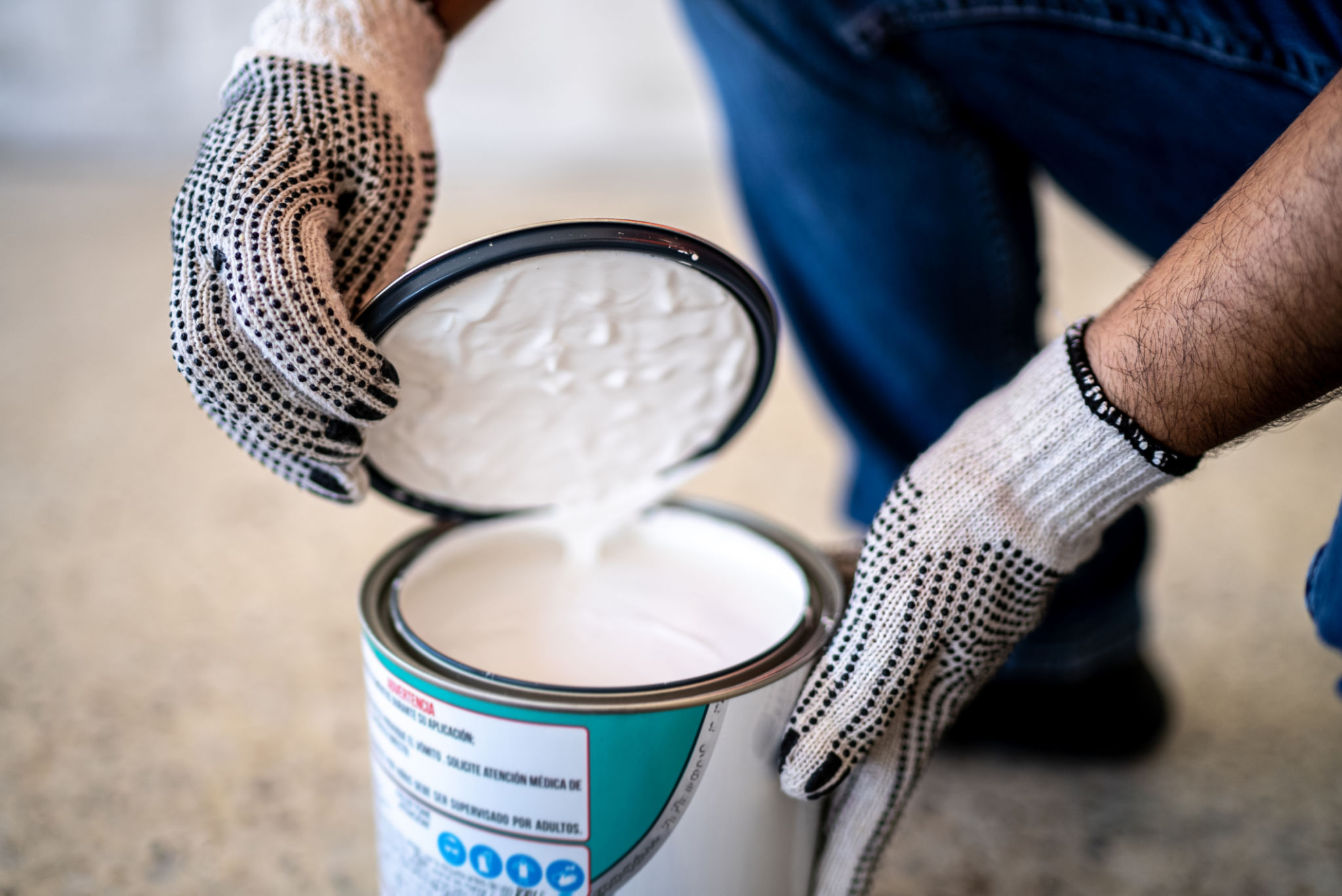Common Painting Mistakes and How to Avoid Them
Understanding Common Painting Mistakes
Painting is a fantastic way to refresh your living space, but even seasoned DIYers can make some common mistakes that affect the final outcome. Whether you're painting a room or a piece of furniture, understanding these pitfalls can help you achieve a professional-looking finish.

Skipping the Prep Work
One of the most frequent mistakes is underestimating the importance of preparation. Proper prep work is crucial for a smooth, lasting finish. This includes cleaning the surfaces, filling cracks, and sanding to remove any old paint or roughness. Skipping these steps can lead to uneven paint application and poor adhesion.
To avoid this, always start by thoroughly cleaning the surface with a mild detergent and water. Let it dry completely before moving on to patching any imperfections with a suitable filler. Once patched, sand the surface until it's smooth. This may seem tedious, but it sets the foundation for a flawless finish.
Choosing the Wrong Paint
Selecting the appropriate type of paint is essential for achieving the desired results. Many people make the mistake of choosing paint based solely on color, without considering factors like sheen and durability. Different areas and surfaces require different types of paint.

For instance, high-traffic areas like hallways benefit from a durable, washable paint such as satin or semi-gloss. In contrast, ceilings are best painted with a flat finish to hide imperfections. Always consult with a knowledgeable professional or do some research to choose the right paint for your project.
Neglecting Primer
Primer is often overlooked as an unnecessary step, but it's vital for covering dark colors or stains and improving paint adhesion. Failing to use a primer can result in uneven coverage and require more coats of paint, increasing both time and cost.
To avoid this mistake, apply a quality primer before painting. Not only does it create a smooth surface for your paint, but it also helps in achieving true color with fewer coats.
Improper Painting Technique
The way you apply paint can significantly affect the outcome. Using incorrect techniques like overloading the brush or roller can lead to drips and streaks. Similarly, painting in poor lighting conditions can cause you to miss spots or apply uneven coats.

To get it right, use long, even strokes and avoid pressing too hard on your brush or roller. Work in sections and ensure each area is completely dry before applying additional coats. Good lighting will help you spot any areas that need touch-ups or additional layers.
Rushing Between Coats
Patience is key when it comes to painting. Many people rush through the process without allowing adequate drying time between coats, resulting in patches and peeling. It's essential to follow the recommended drying times specified on your paint can.
Allow each coat to dry thoroughly before applying the next one. This typically ranges from 2 to 4 hours for water-based paints and up to 24 hours for oil-based options. Taking your time will ensure a more professional and lasting finish.
Conclusion
Avoiding these common painting mistakes requires attention to detail and patience, but the effort pays off with a beautifully finished project. By preparing your surfaces, choosing the right materials, and taking your time with application, you can transform any space with confidence and ease.